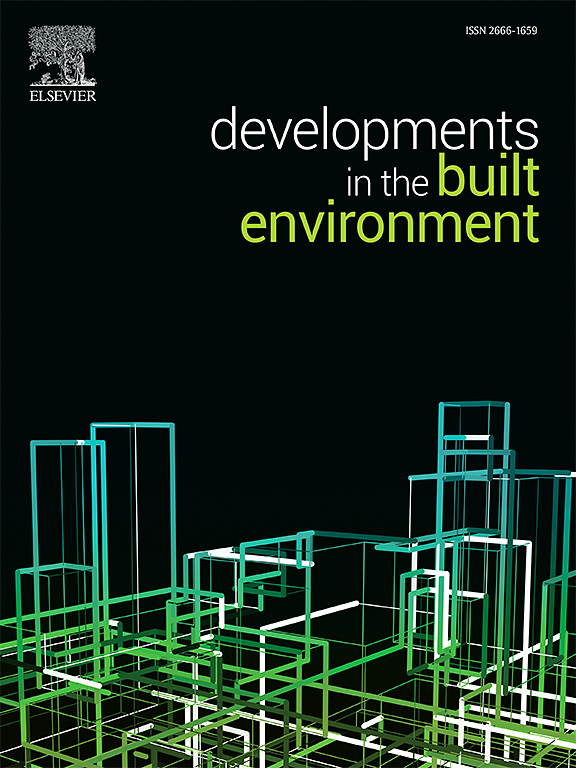Stabilization of rammed earth with waste materials for sustainable construction under rainfall Conditions: With consideration of life cycle assessment (LCA)
IF 6.2
2区 工程技术
Q1 CONSTRUCTION & BUILDING TECHNOLOGY
引用次数: 0
Abstract
This study proposes a stabilization strategy for rammed earth, addressing the critical need to enhance its resilience against extreme weather, particularly heavy rainfall. By incorporating recycled carpet waste fibers and alkali-activated materials (AAMs), the research shows a threefold increase in unconfined compressive strength compared to compacted unstabilized soil. The use of AAMs as a low-carbon alternative to cement reduces environmental impact, while carpet waste fibers contribute to a circular economy by repurposing textile waste. Durability tests under severe rainfall revealed that the stabilized material retained 99 % of its compressive strength, while unstabilized rammed earth lost 28 %. Additionally, the stabilized material exhibited a fourfold increase in tensile strength. This method also significantly improved toughness and brittleness index, maintaining performance under harsh rainfall conditions. Microstructural analysis revealed improved bonding and densification, enhancing long-term durability. This research advances sustainable construction by integrating waste valorization and low-carbon technologies to create resilient, eco-friendly earthen structures.
降雨条件下可持续建筑用废弃物夯土的稳定:考虑生命周期评估(LCA)
本研究提出了夯土的稳定策略,解决了增强其抵御极端天气,特别是强降雨的能力的关键需求。通过将回收的地毯废纤维和碱活化材料(AAMs)结合在一起,研究表明,与压实的非稳定土壤相比,无侧限抗压强度增加了三倍。使用AAMs作为水泥的低碳替代品可以减少对环境的影响,而地毯废弃纤维通过重新利用纺织废料为循环经济做出贡献。强降雨下的耐久性测试表明,稳定的材料保留了99%的抗压强度,而未稳定的夯土则损失了28%。此外,稳定材料的抗拉强度增加了四倍。该方法还显著提高了韧性和脆性指数,在恶劣的降雨条件下保持了性能。显微结构分析表明,改善了粘合和致密化,提高了长期耐久性。这项研究通过整合废物增值和低碳技术来创造有弹性的、环保的土结构,从而推进可持续建筑。
本文章由计算机程序翻译,如有差异,请以英文原文为准。
求助全文
约1分钟内获得全文
求助全文
来源期刊

Developments in the Built Environment
Multiple-
CiteScore
7.40
自引率
1.20%
发文量
31
审稿时长
22 days
期刊介绍:
Developments in the Built Environment (DIBE) is a recently established peer-reviewed gold open access journal, ensuring that all accepted articles are permanently and freely accessible. Focused on civil engineering and the built environment, DIBE publishes original papers and short communications. Encompassing topics such as construction materials and building sustainability, the journal adopts a holistic approach with the aim of benefiting the community.
 求助内容:
求助内容: 应助结果提醒方式:
应助结果提醒方式:


